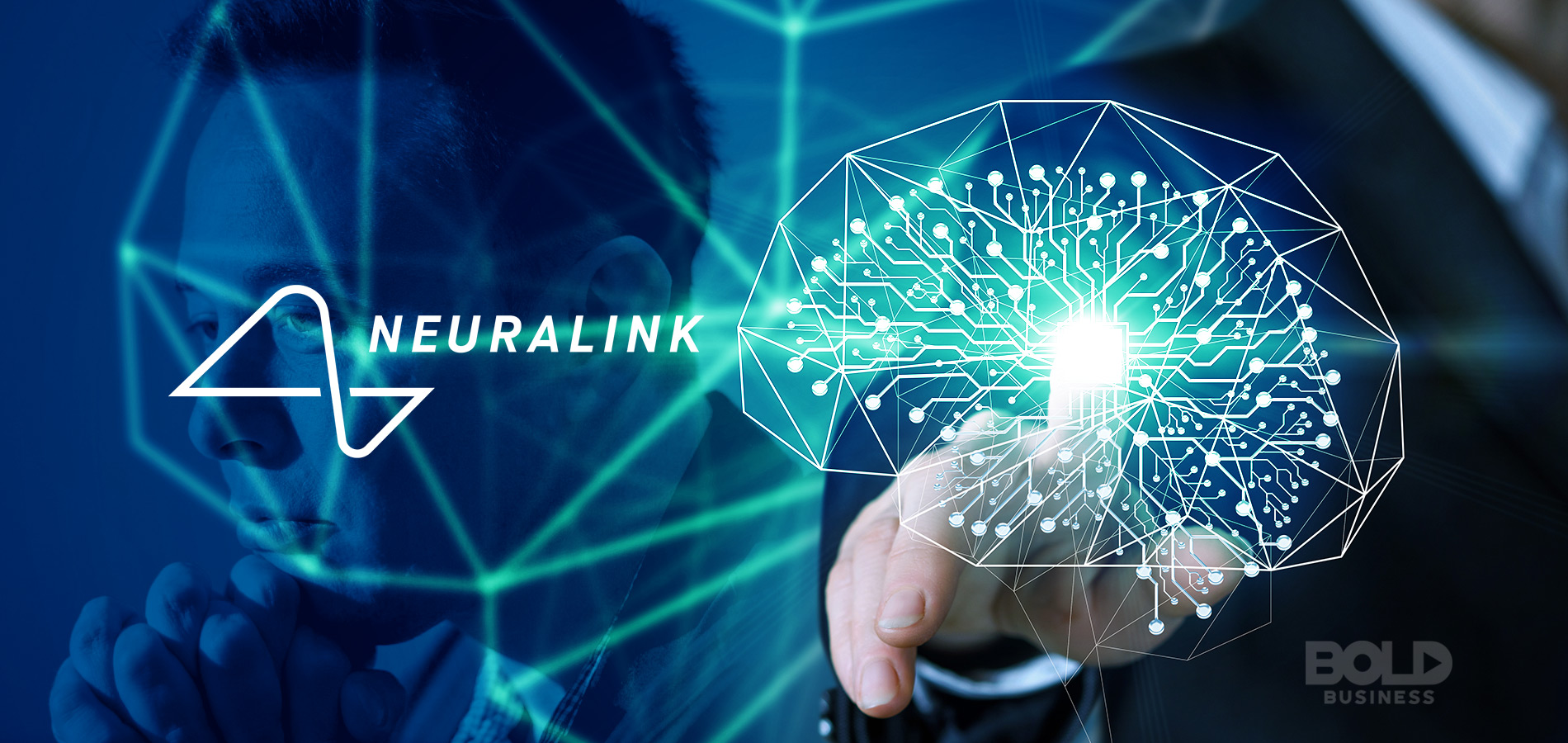The Future of Human-Computer Interaction
Imagine a world where you can control your computer or mobile device just by thinking about it. Where your brain can communicate directly with the internet and your devices, without the need for a physical interface. This may sound like science fiction, but with the recent advancements in neuroscience and computer science, it's becoming a reality. This is where Neuralink comes in - a company founded by Elon Musk that is working on creating a brain-computer interface (BCI) that will revolutionize the way we interact with technology.
What is Neuralink?
Neuralink is a company that was founded in 2016 with the goal of creating a brain-machine interface that will allow humans to communicate with computers and other devices directly. The company's technology involves implanting small devices called neural probes into the brain, which can read and transmit signals to and from the brain. These probes are connected to a computer interface that can interpret the signals and translate them into actions, such as moving a cursor on a screen or typing a message.
The ultimate goal of Neuralink is to create a seamless and intuitive interface between the human brain and technology, allowing for unprecedented levels of control and interaction. This technology has the potential to help people with disabilities, enhance cognitive abilities, and even enable telepathic communication.
How does Neuralink work?
Neuralink's technology involves implanting small devices called neural probes into the brain. These probes are made up of tiny electrodes that can detect and transmit electrical signals to and from the brain. The probes are placed in different areas of the brain, depending on the type of signal that is being recorded or transmitted.
The signals from the neural probes are then sent to a computer interface, which can interpret the signals and translate them into actions. For example, if a person thinks about moving their hand, the neural probes in the motor cortex of the brain will detect the signal and transmit it to the computer interface. The computer will then interpret the signal and move a cursor on a screen or control a prosthetic hand.
Neuralink's technology is still in the early stages of development, and there are many challenges that need to be overcome. One of the biggest challenges is creating neural probes that are small enough and durable enough to be implanted into the brain without causing damage. Another challenge is developing the software that can interpret the signals from the brain and translate them into actions.
The potential benefits of Neuralink
Neuralink's technology has the potential to revolutionize the way we interact with technology and has many potential benefits. One of the most significant benefits is helping people with disabilities. For example, people with paralysis could use the technology to control prosthetic limbs or even regain some control of their own limbs.
Another potential benefit is enhancing cognitive abilities. By connecting the brain directly to technology, it may be possible to enhance memory, learning, and other cognitive functions. This could have significant implications for education and learning, as well as for people with cognitive impairments.
Finally, Neuralink's technology could enable telepathic communication. By implanting neural probes in different areas of the brain that are involved in language processing, it may be possible to transmit thoughts directly from one person's brain to another. This could have profound implications for communication and interpersonal relationships.
The ethical implications of Neuralink
While the potential benefits of Neuralink's technology are significant, there are also many ethical implications that need to be considered. One of the biggest concerns is privacy. If our brains are connected directly to the internet and other devices, it raises questions about who has access to our thoughts and personal information.
Another concern is the potential for addiction. If technology is able to enhance cognitive abilities, it may be tempting for people to rely on it too heavily, leading to a dependence on technology and a potential loss of important skills and abilities.
There are also concerns about the potential for misuse of the technology. For example, it may be possible for the government or other organizations to use the technology for surveillance or mind control.
It is important to consider these ethical implications and to ensure that the development and use of brain-computer interfaces are done in a responsible and transparent way.
The future of Neuralink
Neuralink is still in the early stages of development, but the potential for this technology is enormous. The company has already made significant progress in developing and testing the technology, and there are many potential applications for brain-computer interfaces.
In the near future, it is likely that Neuralink's technology will be used primarily for medical purposes, such as helping people with disabilities or cognitive impairments. However, as the technology advances, it may become more widely available for consumer use, allowing people to control their devices and communicate with others using only their thoughts.
It is also possible that brain-computer interfaces may eventually replace traditional input devices such as keyboards and touchscreens. This would have significant implications for the way we work, learn, and communicate with each other.
Labels: Interesting, science, Technology


0 Comments:
Post a Comment
Subscribe to Post Comments [Atom]
<< Home